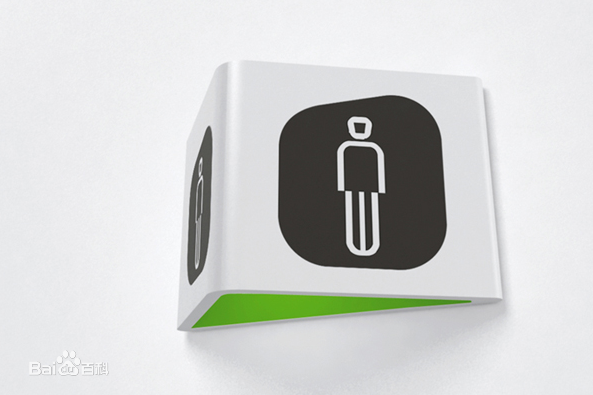Since the outbreak of Coronavirus Disease 2019 (COVID-19), most of the impacted patients have been diagnosed with high fever, dry cough, and soar throat leading to severe pneumonia. Hence, to date, the diagnosis of COVID-19 from lung imaging is proved to be a major evidence for early diagnosis of the disease. Although nucleic acid detection using real-time reverse-transcriptase polymerase chain reaction (rRT-PCR) remains a gold standard for the detection of COVID-19, the proposed approach focuses on the automated diagnosis and prognosis of the disease from a non-contrast chest computed tomography (CT)scan for timely diagnosis and triage of the patient. The prognosis covers the quantification and assessment of the disease to help hospitals with the management and planning of crucial resources, such as medical staff, ventilators and intensive care units (ICUs) capacity. The approach utilises deep learning techniques for automated quantification of the severity of COVID-19 disease via measuring the area of multiple rounded ground-glass opacities (GGO) and consolidations in the periphery (CP) of the lungs and accumulating them to form a severity score. The severity of the disease can be correlated with the medicines prescribed during the triage to assess the effectiveness of the treatment. The proposed approach shows promising results where the classification model achieved 93% accuracy on hold-out data.
翻译:自2019年科罗纳病毒疾病(COVID-19)爆发以来,大多数受影响病人被诊断为高发、干咳和高喉喉咙导致严重肺炎,因此,迄今为止,从肺成像中诊断COVID-19证明是早期诊断该疾病的主要证据,尽管使用实时反转射酶聚合酶链反应(rRT-PCR)进行核酸检测仍然是检测COVID-19的黄金标准,但拟议方法的重点是从非接合胸腔计算成形X(CT)扫描,对疾病进行自动诊断和预测,以便及时诊断和剖析病人。预测涵盖对疾病进行定量和评估,以帮助医院管理和规划关键资源,如医务人员、通风器和强化护理单位(ICUs)的能力。该方法利用深层学习技术,通过测量多圆形地面玻璃透析(GGOO)领域,对COVID-19疾病的严重性进行自动诊断和预测。在边缘地区,对正确诊断和三角病的精确度进行整合,从而可以评估诊断结果的准确度,从而评估其严重程度。



